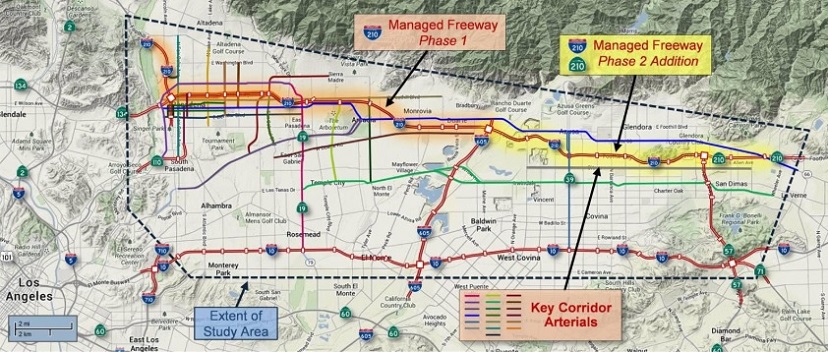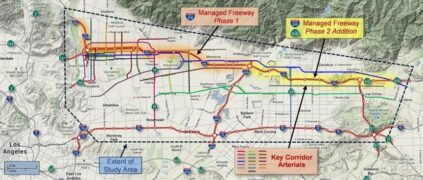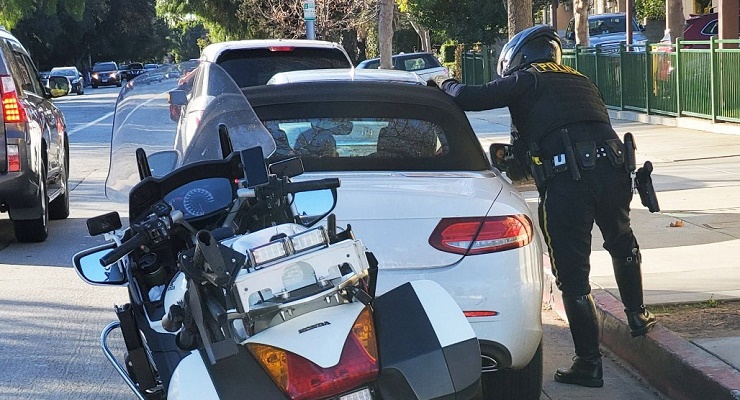
A team of Lawrence Berkeley National Laboratory computer scientists is working with Caltrans to use high-performance computing and machine learning that could help improve Caltrans’ real-time decision-making when traffic incidents occur.
The research may lead to a first deployment in 2020 of a usable system in Pasadena that may limit the impact of collisions along the I-210 corridor.
The research is being done in conjunction with California Partners for Advanced Transportation Technology (PATH), part of UC Berkeley’s Institute for Transportation Studies (ITS), and Connected Corridors, a collaborative program to research, develop, and test an Integrated Corridor Management approach to managing transportation corridors in California, a Berkeley Lab statement said.
The algorithm could be used in combination with these technologies for more accurate and timely traffic prediction and to aid real-time traffic control, such as rerouting traffic, altering traffic light configurations, and other corrective measures, the statement said.
Caltrans and Connected Corridors are now implementing the system on a trial basis in Los Angeles County through the I-210 pilot, whose general objective is to reduce congestion and improve mobility in a section of the I-210 corridor in the San Gabriel Valley, including Pasadena.
“Many traffic-flow prediction methods exist, and each can be advantageous in the right situation,” Sherry Li, a mathematician in Berkeley Lab’s Computational Research Division (CRD), said. “To alleviate the pain of relying on human operators who sometimes blindly trust one particular model, our goal was to integrate multiple models that produce more stable and accurate traffic predictions. We did this by designing an ensemble-learning algorithm that combines different sub-models. The algorithm works like a committee member voting process: different committee members have their own votes, possibly with different shares, but a final consensus should be reached by a combination of the individual shares.”
Ensemble learning is the art of combining a diverse set of learners (individual models) to improve, on the fly, the stability and predictive power of the model. This idea has been explored by machine learning researchers for a long time. What is special about traffic flow, the statement continued, is the temporal characteristic; traffic flow measurements are correlated over time, as are the prediction results from different individual models.
In the Berkeley Lab/Caltrans collaboration, the ensemble model takes into account the mutual dependency of sub-models and assigns the “shares of vote” to balance their individual performance with their codependency. The ensemble model also values recent prediction performance more than older historical performance. At the end, the combined model is better than any of the single models used in testing in both prediction accuracy and stability.
The project started with funding from Berkeley Lab’s Laboratory Directed Research and Development (LDRD) program. The goal was to build a computational framework that would enable high-performance computing applications specific to transportation, such as optimization and control of traffic equilibrium.
The systems development team is led by Brian Peterson, a systems development manager at PATH who manages Connected Corridors’ systems development team.
In addition, Hongyuan Zhan, a former Berkeley Lab Computing Sciences summer student from Penn State, was a major contributor to the Connected Corridors work for the research.














 3 comments
3 comments


